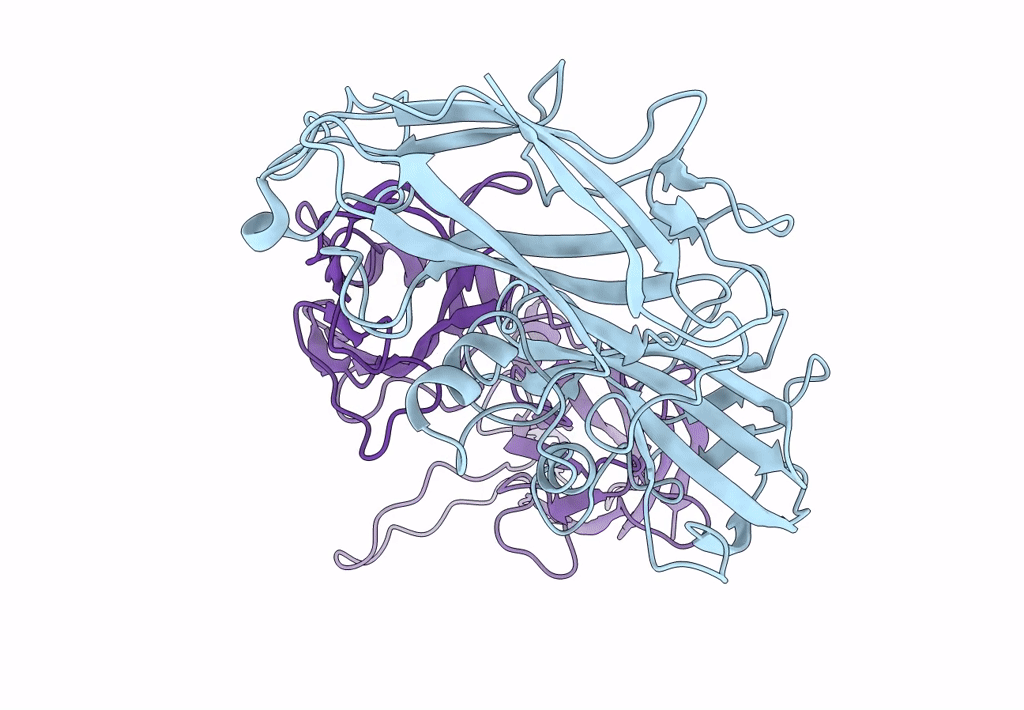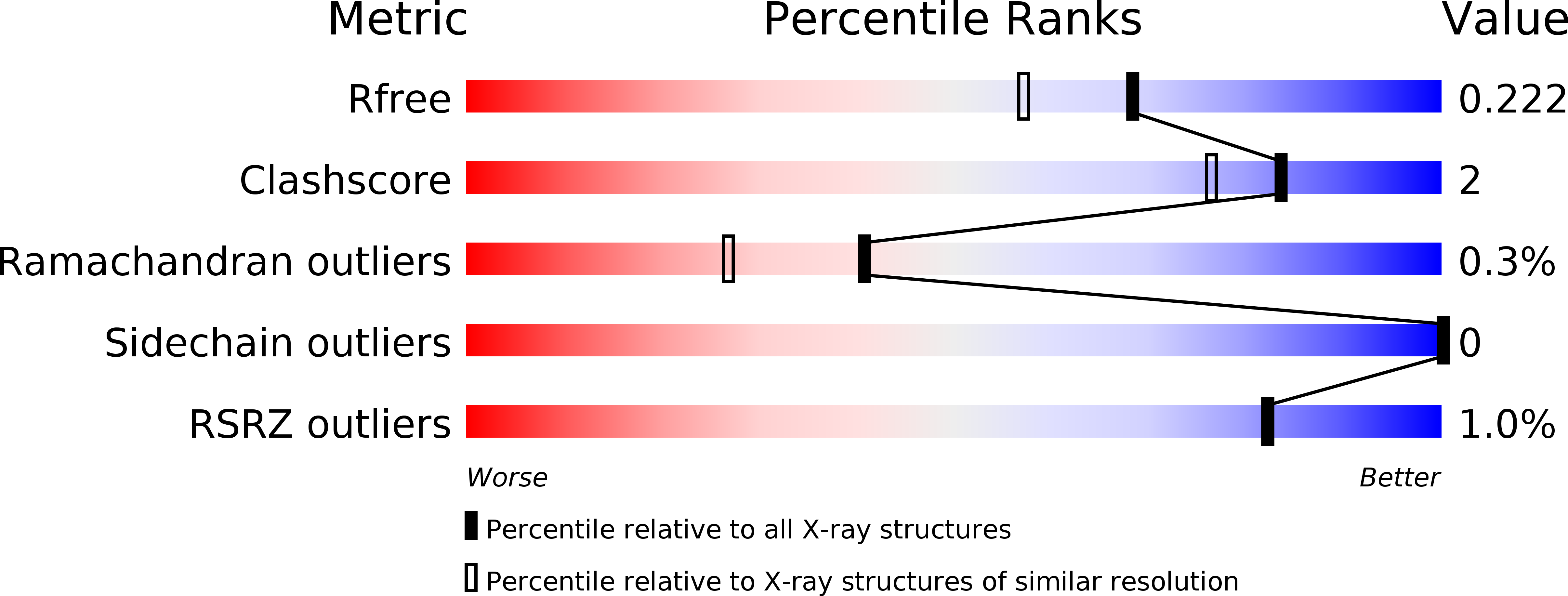
Deposition Date
2015-08-10
Release Date
2016-08-17
Last Version Date
2024-03-20
Entry Detail
PDB ID:
5AY6
Keywords:
Title:
32 kDa Fragment of the Flagellar hook protein FlgE from Caulobacter crescentus
Biological Source:
Source Organism:
Caulobacter crescentus CB15 (Taxon ID: 190650)
Host Organism:
Method Details:
Experimental Method:
Resolution:
1.84 Å
R-Value Free:
0.22
R-Value Work:
0.17
R-Value Observed:
0.17
Space Group:
P 1 21 1


